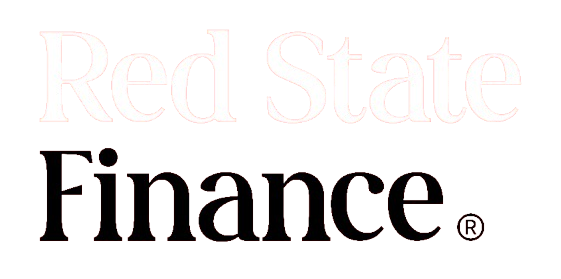The Shift in the Job Market: A New Era Post-Great Resignation
The phenomenon known as the Great Resignation in the Job Market seems to be winding down, with a noticeable trend of American workers opting to remain in their current positions. Recent data from the Labor Department reveals a significant decline in voluntary job departures, indicating a shift in employee sentiment.
Declining Quit Rates: A Statistical Overview
In 2024, the number of U.S. employees who chose to leave their jobs plummeted by 11%, totaling approximately 39.6 million quits—a stark contrast to previous years. This figure represents a substantial drop of 22% compared to 2023, which marked the peak of post-pandemic workforce upheaval, as highlighted by analysis from The Wall Street Journal.
This downward trend suggests that many individuals are reassessing their career choices and finding stability within their current roles rather than seeking new opportunities elsewhere.
Job Creation Remains Steady but Challenges Persist
Despite this stabilization in job retention rates, the labor market is experiencing its own set of challenges. While layoffs have remained relatively low—an encouraging sign for economic health—the availability of jobs for those currently unemployed is tightening. As reported recently, there were only 1.1 job openings available for every unemployed individual as of December; this is a notable decrease from March 2023’s peak ratio of two openings per person.
Private Sector Growth Outpaces Expectations
On a brighter note for job seekers and economists alike, recent reports indicate that private sector employment saw an increase of approximately 184,000 jobs in January—surpassing initial expectations and signaling ongoing demand for labor despite broader economic uncertainties.
However, businesses are still grappling with cautious hiring strategies amid concerns over potential slowdowns due to persistent inflationary pressures and restrictive monetary policies implemented by central banks.
Business Sentiment: Optimism Meets Caution
Following President Donald Trump’s electoral victory last November, there was an uptick in business optimism; however, hiring intentions have not mirrored this enthusiasm fully. Many companies are bracing themselves for what could be a challenging year ahead due to anticipated declines in consumer demand driven by high prices resulting from tariffs and other economic factors.
Upcoming Labor Reports: What’s on the Horizon?
Looking ahead at upcoming labor statistics can provide further insights into these trends. The Labor Department’s nonfarm payrolls report scheduled for release on Friday morning is projected to show an addition of around 170,000 jobs for January—a decrease compared to December’s unexpectedly robust gain of 256,000 positions added during that month.
This forthcoming data will be crucial not only for understanding current employment dynamics but also for gauging how businesses plan their workforce strategies moving forward amidst fluctuating market conditions.
Conclusion: Navigating Uncertainty
As we navigate through these evolving circumstances within the job market post-Great Resignation era—characterized by lower quit rates yet tighter job availability—it becomes increasingly important for both employers and employees alike to adapt strategically. Understanding these shifts can help organizations refine their hiring practices while enabling workers to make informed decisions about career paths amidst changing economic landscapes.
With all eyes on upcoming reports and trends shaping our economy today—and tomorrow—the focus remains on how best we can respond collectively as we move forward into uncharted territory together.







